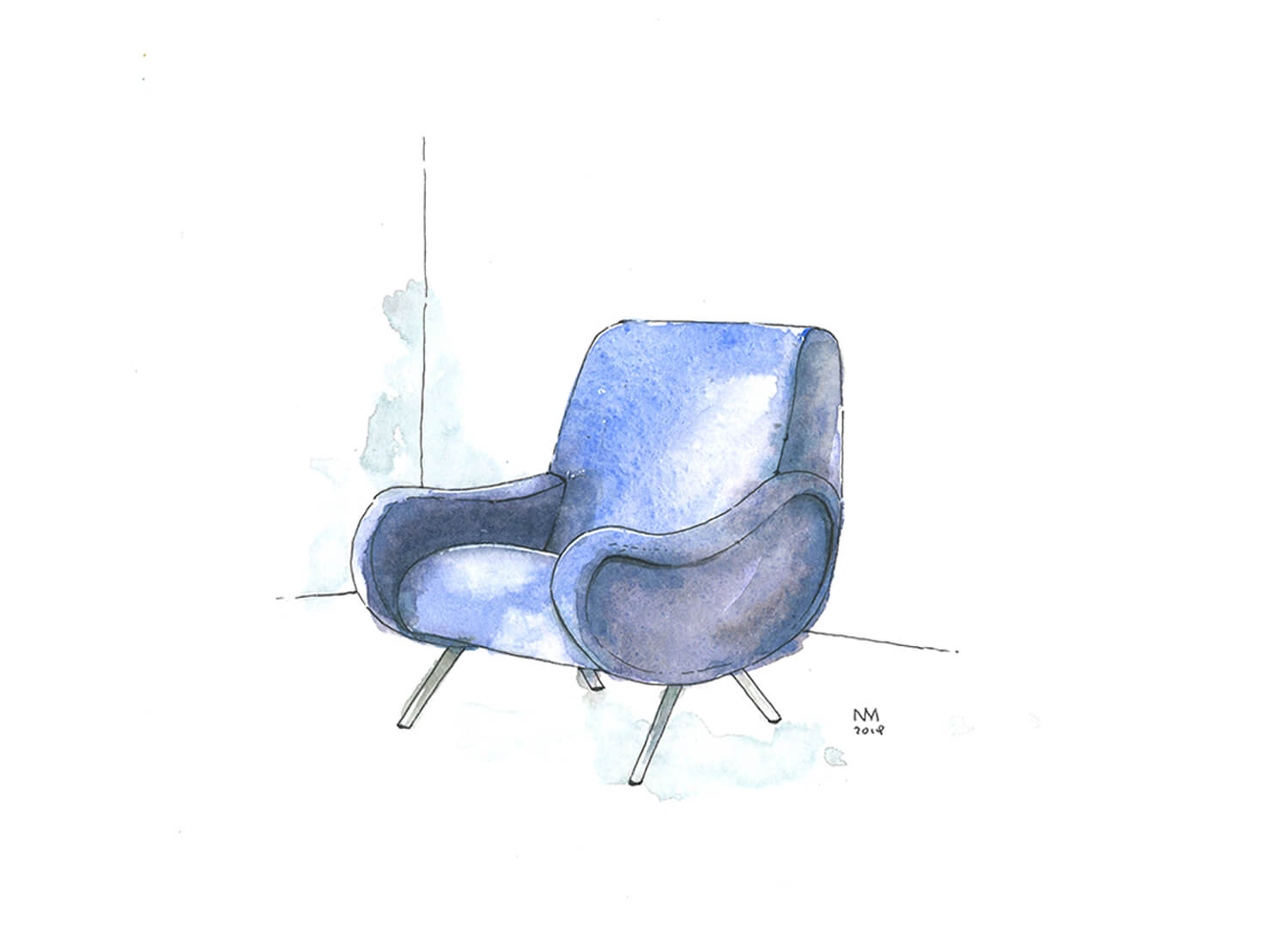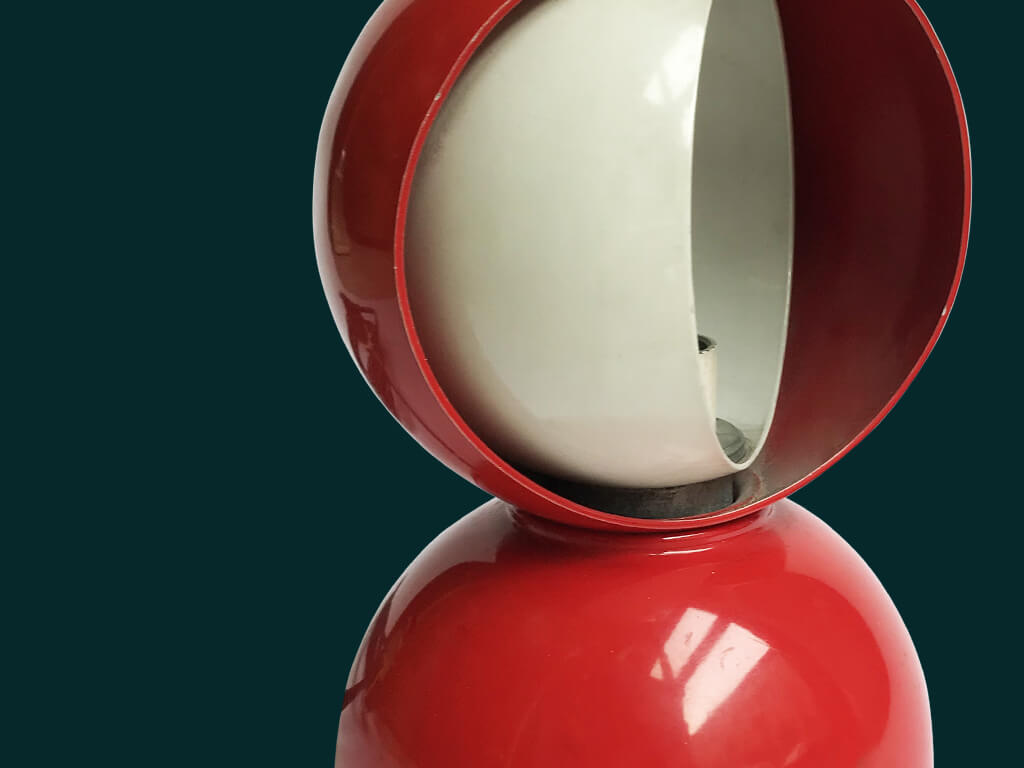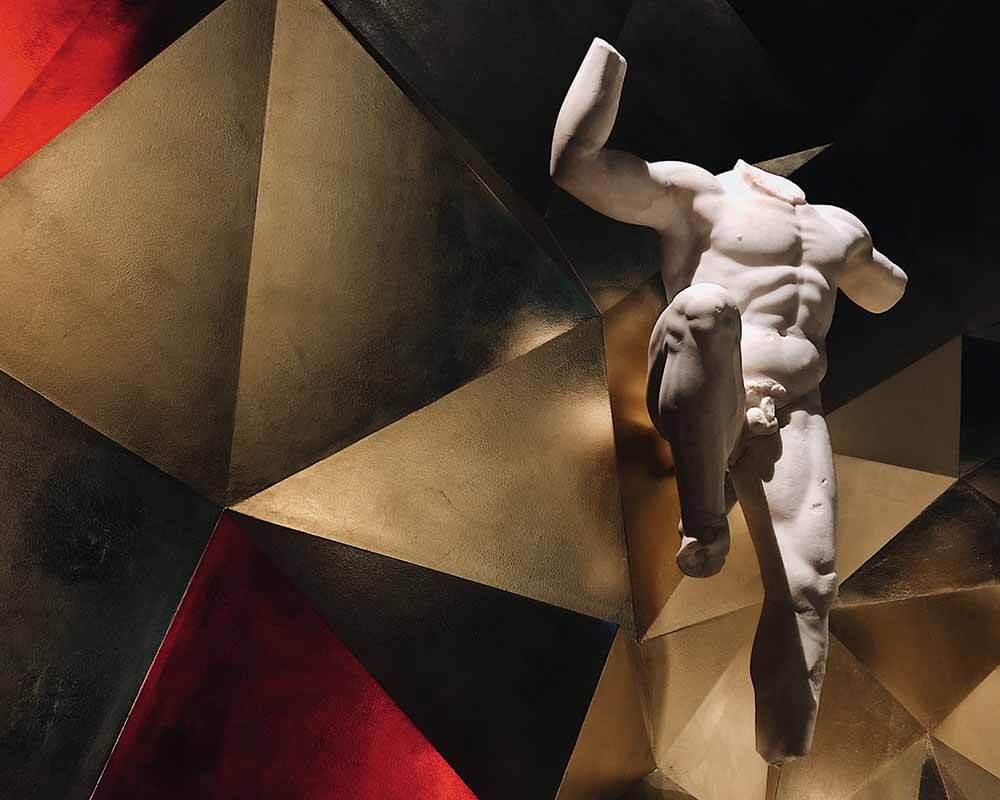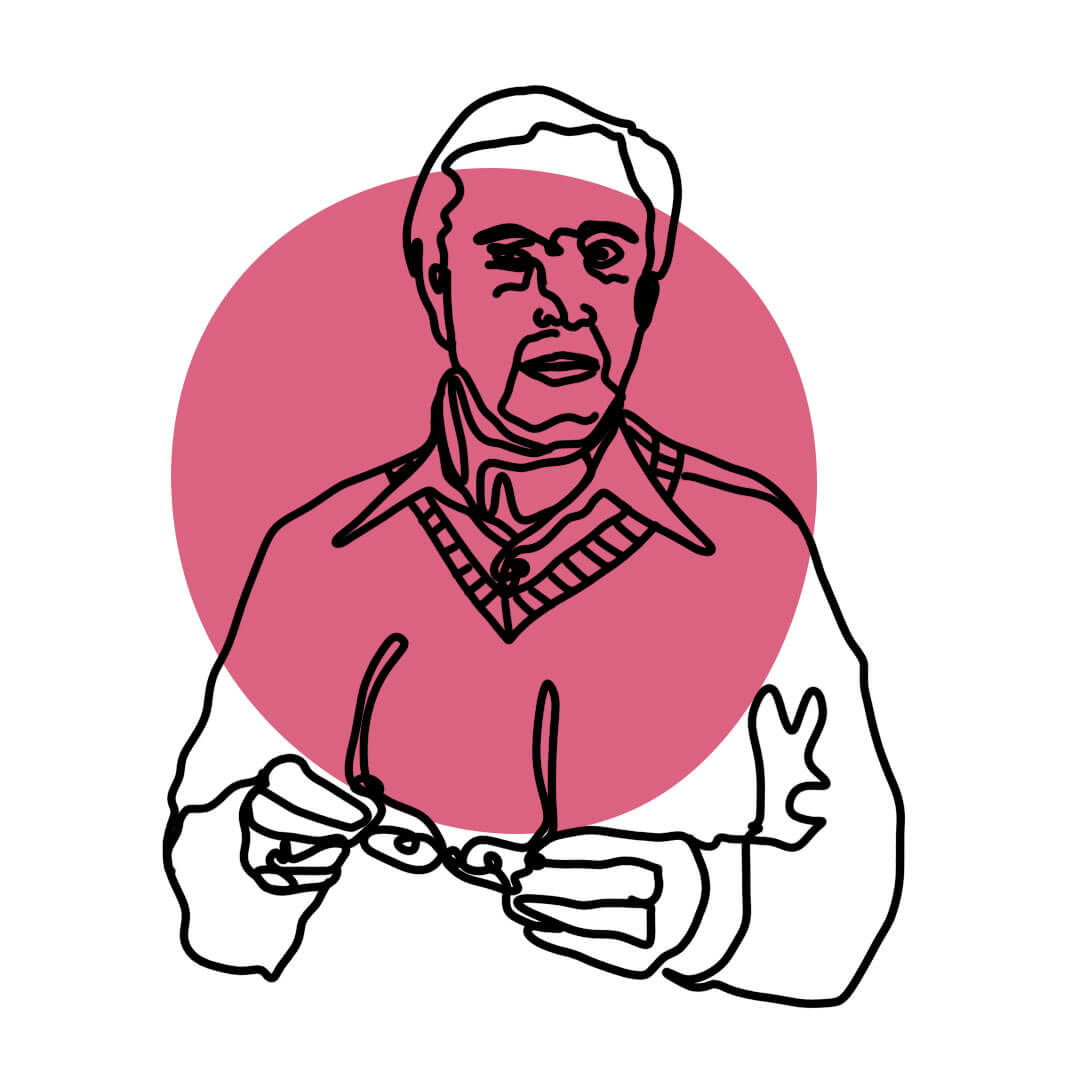In a world that often values perfection and uniformity, there curiously is a growing interest for imperfection and uniqueness and this makes us particularly happy. Today we will talk about the philosophy of Kintsugi, which consists of evidence and celebrations and differences highlighting the essence of what is authentic and individual.
What is Kintsugi? Also known as Kintsukuroi, is a traditional Japanese art form that involves repairing broken pottery or ceramics using lacquer mixed with powdered gold, silver, or other precious metals. The term "Kintsugi" can be translated to "golden joinery" or "golden repair," and it embodies a philosophy that embraces imperfection and treats breakage and repair as part of an object's history, rather than something to be hidden or disguised.
One theory is that kintsugi may have originated when Japanese shogun Ashikaga Yoshimasa (1436-1490) sent a damaged Chinese tea bowl back to China for repairs in the late 15th century. When it was returned, repaired with ugly metal staples, it may have prompted Japanese craftsmen to look for a more aesthetic means of repair. Collectors became so enamored with the new art that some were accused of deliberately smashing valuable pottery so it could be repaired with the gold seams of kintsugi.
The first step for those who undertake this ancient discipline, but also for those who embrace this philosophy of life more widely, is therefore to do something counterintuitive: believe in the broken pieces of an originally beautiful or precious object, collect them and preserve them instead of disposing of them in instinctive way.
Skilled artisans then use a special lacquer, often mixed with powdered gold, silver, or other metals, to reassemble the broken pieces. This lacquer serves both as an adhesive and as a decorative element. After the lacquer has dried, the repaired piece is polished to create a smooth and even surface. This step helps to blend the repaired areas with the original piece and enhances the visual appeal of the gold or silver lines.
The resulting piece not only becomes functional again but also gains a unique and beautiful appearance due to the contrasting lines of precious metal against the ceramic background. These golden or silver lines are not meant to hide the cracks but to emphasize and celebrate them. In Kintsugi, the philosophy of "wabi-sabi" is often invoked, which values imperfection, transience, and the beauty of aging.
Kintsugi is not only a practical method for repairing broken pottery but also a deeply symbolic and philosophical practice. It teaches us to appreciate the beauty in imperfection, the value of resilience, and the idea that scars and flaws can add character and depth to an object or a person's life. In recent years, Kintsugi has gained popularity not only as a traditional craft but also as a metaphor for personal growth and healing, inspiring people to embrace their own imperfections and life's challenges.
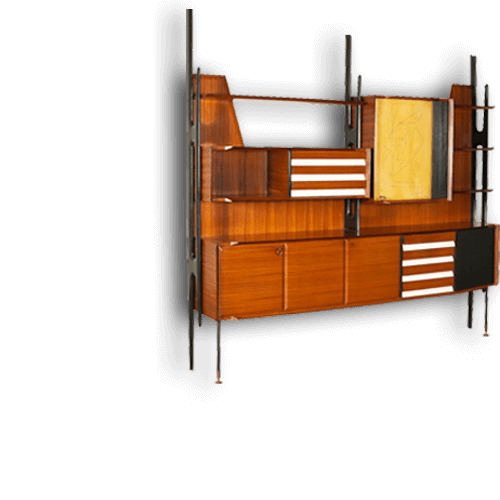




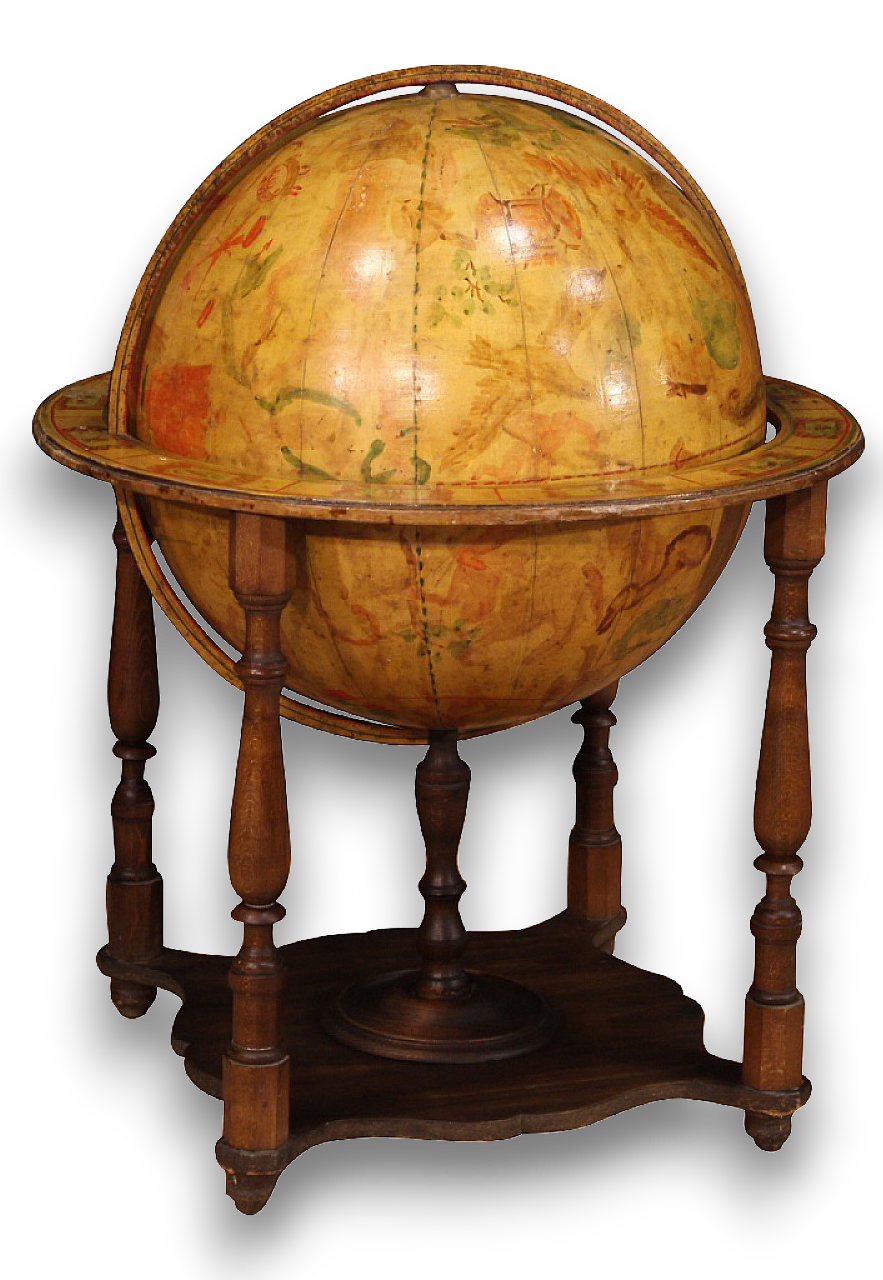
.png)
